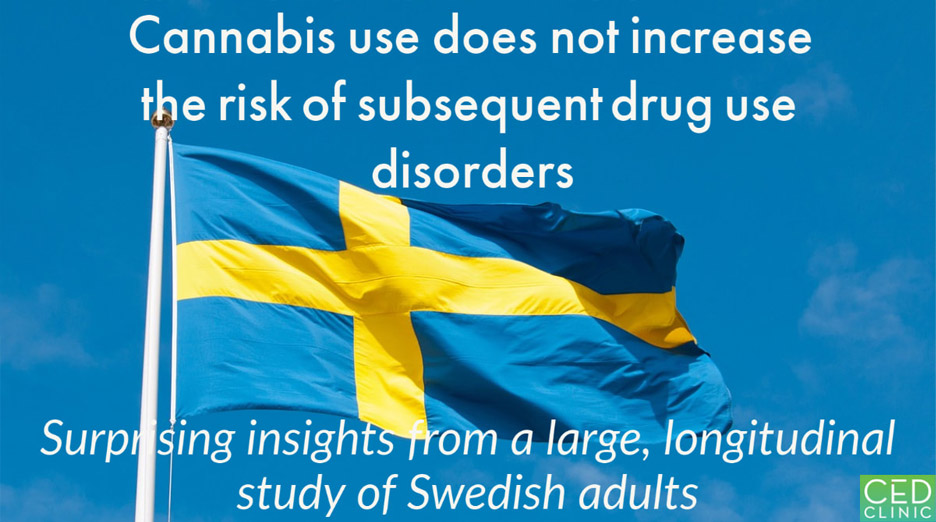Cannabis is the most commonly consumed illicit drug globally, with approximately 192 million users as of 2018. A critical and fiercely debated issue among physicians and public health experts is whether cannabis use correlates with subsequent use of other illegal drugs such as stimulants, opiates, and hallucinogens, as well as with drug use disorders.
A longitudinal cohort study, which spanned 16 years and comprised over 10,000 Swedish men and women, by researchers at the Karolinska Institutet, Sweden, recently shed light on this topic. In this study, data on cannabis use were collected by a self-report questionnaire between 1998-2000, data on the use of other illicit drugs including stimulants (eg: amphetamine), opiates (eg: opium, heroin, morphine, crack), hallucinogens (LSD, cocaine, ecstasy) were collected at three-year follow up, and data on drug-use disorders were retrieved during a 16-year follow up until 2014 from the Sweden National Patient Register. The researchers found that compared to non-users, those who reported any instance of cannabis use in their lives had a four-fold increased risk of other illegal drug consumption at the three-year follow up. During the 16-year follow-up, an elevated hazard of drug use disorders was present in the group reporting other illicit drug use, with similar results regardless of concurrent cannabis use or not, and was not present in the group reporting only cannabis use. Coming as a surprise to many including the researchers, these findings might suggest that consumption of cannabis is less debilitating to patients than consumption of other common illicit drugs.

